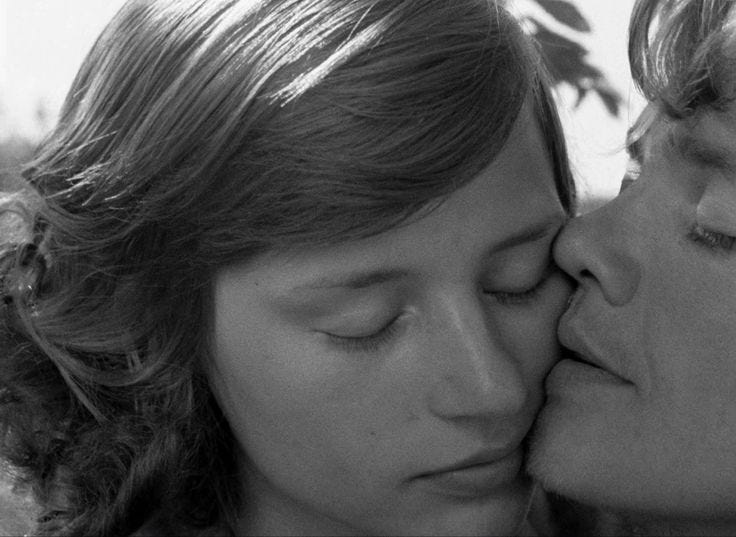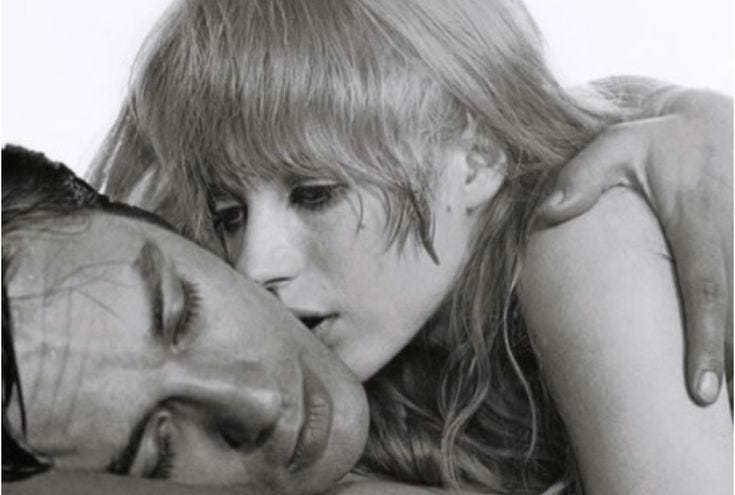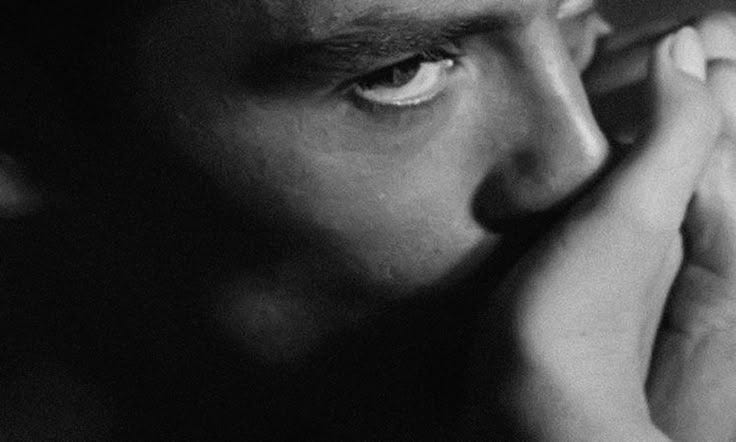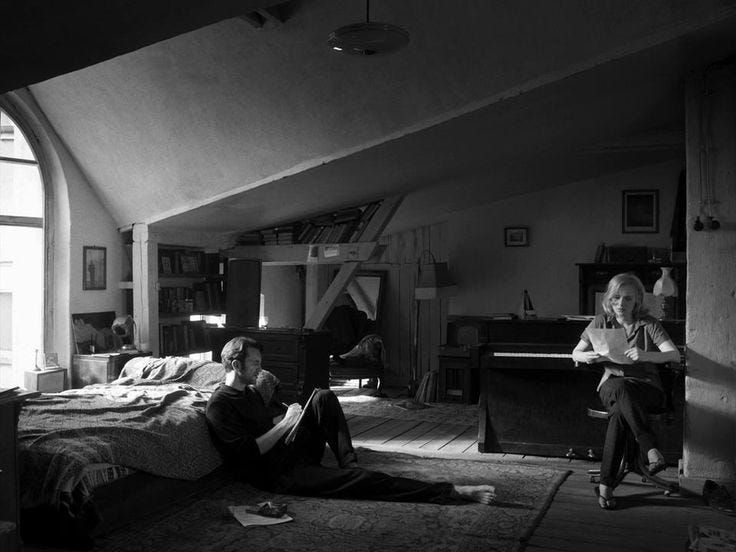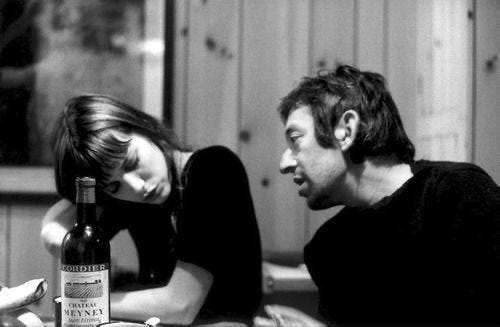hello
this has always felt like an unexplored conversation—especially for those of us navigating the creative field quietly, without spectacle. love in this context is full of contradiction: the desire to be deeply seen, yet the need to remain partly untouched; to feel held, while still protecting the private interior where the work comes from. there’s a constant negotiation between the emotional demands of connection and the solitude required to create honestly. and the truth is, the core of a creative life is flux—searching, shifting, never static—and that kind of movement is not always easy to bring into a new relationship. love, then, isn’t about merging completely, but learning how to stay close with the tension—where intimacy doesn’t erase individuality, and being known doesn’t mean fully revealed. it’s less about resolution, more about coexisting with what can’t always be explained.
when a woman is an artist, her identity is shaped not only by the work she creates, but by the way her work is received by the world. as much as her art is personal, it is inevitably subject to the gaze of others—sometimes celebrated, often scrutinized, and frequently misunderstood. love, in its purest form, asks for acceptance without judgement, but when you are both creative and loving, it often feels like two distinct worlds are colliding: the world of the artist, where the self is vulnerable and fragmented, and the world of the lover, where intimacy demands presence and wholeness.
i sometimes think, to love as an artist is to invite someone into the messiness of your inner world, and it requires a certain courage to show them not just the polished pieces of yourself that you have curated, but also the raw moments of imperfection and doubt. art is a process—it is an ongoing experiment, not a product to be finished and neatly packaged. similarly, love requires reinvention. there is no perfect formula for connection, it is an evolving dialogue between two people.
and yet, the idea of love as an artist is often framed in the language of creation, in a way that seems to dismiss the inhered need for vulnerability. we are told that to love is to open oneself to the other, but how does an artist reconcile this need for openness with the constant pull of creative solitude? our minds are often consumed with the fragments of our work, the fleeting ideas that might one day take form but remain just out of reach. an artist is both present and absent: present in the work, absent from the moment. their mind is already in the next creation, the next idea, the next project. love on the other hand asks for presence, for attention, for a shared experience here and now. there is an inherent tension for these two desires: to exist fully in a relationship while at the same time remaining deeply immersed in the world of creation.
this conflict manifests itself most acutely in the moments when an artist is at their most vulnerable. art, at its core, is an act of vulnerability— it is the externalization of the internal, the giving of oneself to the world in a form that may or may not be understood, accepted, or loved. when an artist enters into a relationship, they do not simply bring their personality or their life experiences, they bring their entire creative process, their unfinished work, their struggles. to love an artist is to accept these unrefined fragments or self as part of the whole.
and yet, this is not an easy thing to accept. how does one navigate the space between an artist’s public face and their private, vulnerable self? how does one interact with someone who’s heart is constantly, almost unknowingly, pulled toward their craft? this is the essence of dating an artist—the knowledge that the person you are with will always be half present. it’s not that they are indifferent; rather, it is that their attention is divided between the world you share and the world they are creating, between the real and the imagined.
perhaps the key to understanding and dating an artist lies in understanding this imbalance—not as something to be fixed or resolved, but as something to be lived with. it is to accept that there will always be a certain distance, a certain separation between you and the artist because they are always in some way living within two realms: the one they share with you, and the one they create in isolation.
there is beauty in this duality, but it is not always easy to embrace. vulnerability, in the context of a relationship with an artist, becomes not just an emotional act, but a philosophical one. the artist cannot exist without vulnerability, and the same vulnerability must be offered to the other in love. it is the only way to make the relationship real. but that offering is at odds with the noise of today’s dating culture. where detachment is dressed as self-preservation, and sincerity feels like a risk no one wants to take first. it’s hard to be porous in a world that rewards armor. and even harder to extend something tender when so much is built around convenience, performance, and the illusion of endless choice.
vulnerability in relationships often carries the risk of being misinterpreted or rejected, and for someone who creates, that risk is constant. their truths not only live in their words, but in their work, in their silences, in the things they withhold until they can make sense of them. and in offering those pieces of themselves, they invite the fear that they—or the things they build—will not be understood. to care for someone like this is to step into that uncertainty willingly, to realize that love, like art, as i said probably multiple times already, is not a finished product, but an ongoing process. it means learning how to give space without disappearing, to share life with someone who needs solitude not as an escape, but as a source. their quiet is not distance—it is where they return to themselves, and to what they make. and in that quiet, if allowed, trust can take shape. not loud, not performative, but quiet trust. there is so much intimacy in that. the kind that allows people to exist fully, to love endlessly and unapologetically.
intimacy does not come from constant closeness, but from the ability to move with each other through change, absence, and return. of course, there are days where it feels far away, when solitude and connection don’t seem to belong in the same room. but being willing to build something real out of what is unfinished. it’s not about perfect understanding, but about staying present in the process, in all its quiet mess and slow beauty.
now i leave you with a question: how do we learn to love someone in the spaces where words and understanding fall short?



